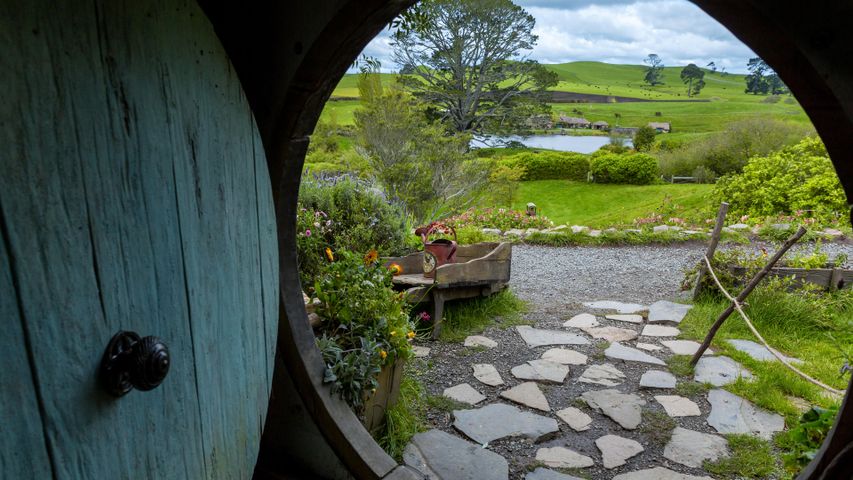The Lagangarbh hut nestles in the valley beneath Buachaille Etive Mòr, Glencoe
© Sophia Spurgin Photography/iStock/Getty Images Plu
Icon of the Highlands. At the foot of Buachaille Etive Mòr
This desolate scene shows one view of the great Buachaille Etive Mòr, one of Scotland’s most iconic mountains, situated between the valleys of Glen Etive and Glen Coe in the Highlands. A ridge nearly five miles long, it is made up of four main peaks, the highest of which is the pyramid-shaped and much-photographed Stob Dearg, at 3,350ft (1,021m). If you’re wondering about that name, Buachaille Etive Mòr it is derived from the Scottish Gaelic for “the great herdsman of Etive”. Its sister mountain, Buachaille Etive Beag to the west, is known as the small herdsman.
Who lives in that lonely little cottage, the only building in sight here on the north side of the mountain? Actually it’s the Lagangarbh hut, which has been run by the Scottish Mountaineering Club since 1946. It is currently closed but, in normal times, it provides accommodation for passing climbers hoping to tackle that epic backdrop.
This wilderness is situated within the wider Lochaber Geopark, home to some of the UK’s highest mountains, deepest lochs as well as rivers, beaches, coasts and cliffs. This varied terrain is the product of millions of years of mountain building resulting from continental collisions, explosive periods of volcanic activity and carving by glaciers. And it’s not just the dramatic Highlands scenery which marks it out as an area of international importance. It is also home to rare plants, particularly Alpine species, and a wide variety of wildlife from golden eagles to pine martens.
Related Images
Today on Bing
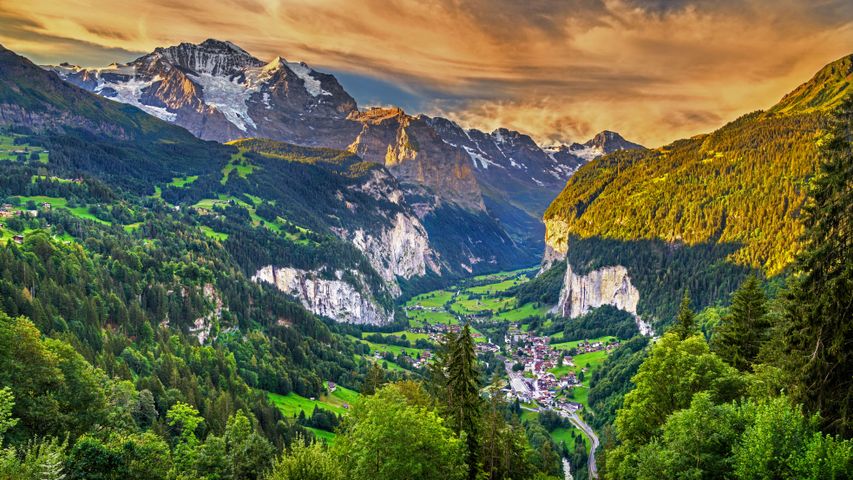
Lauterbrunnen Valley in the Swiss Alps
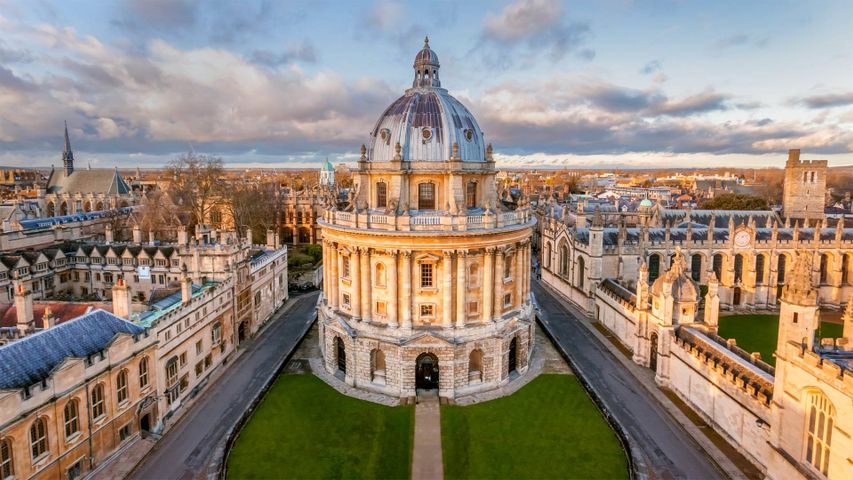
The Radcliffe Camera, Oxford for Tolkien Reading Day
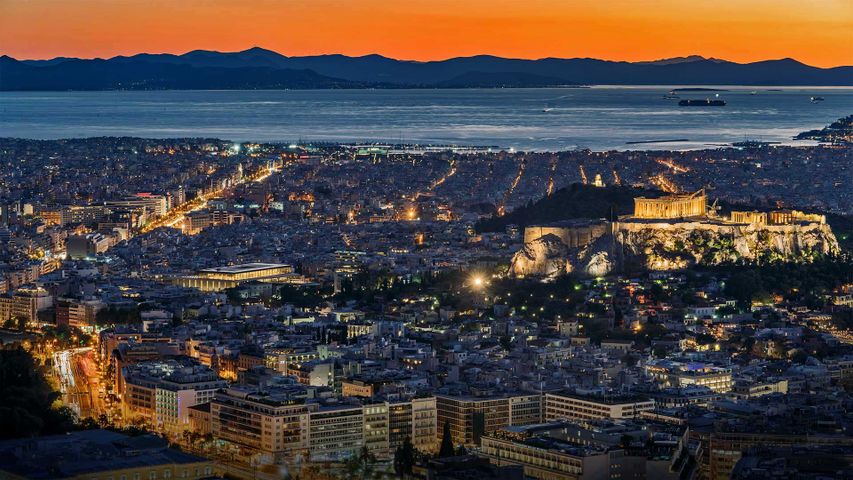
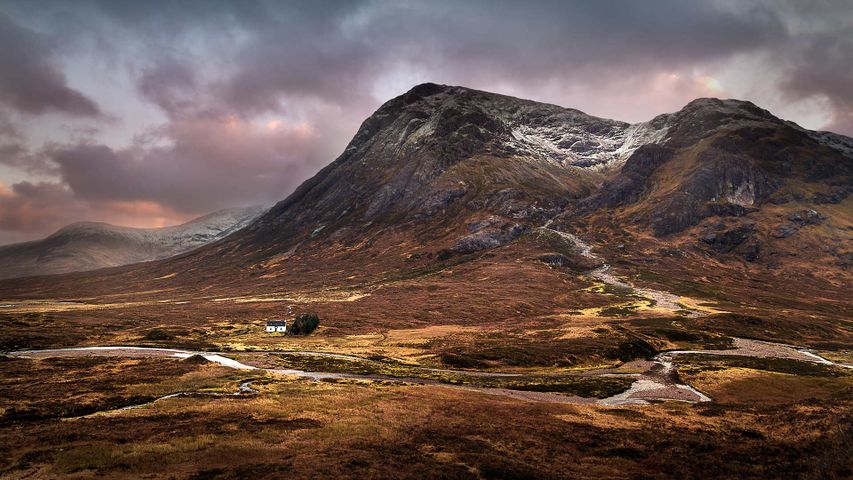
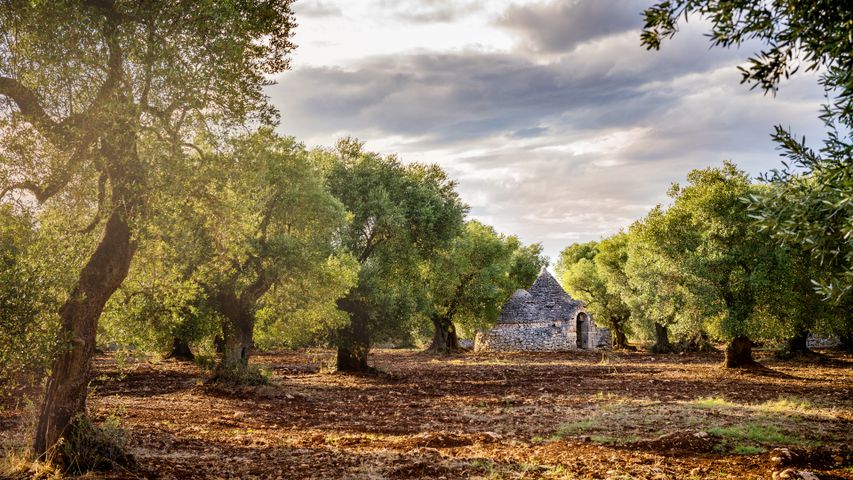 Olive grove, Valle d'Itria, Puglia, Italy
Olive grove, Valle d'Itria, Puglia, Italy
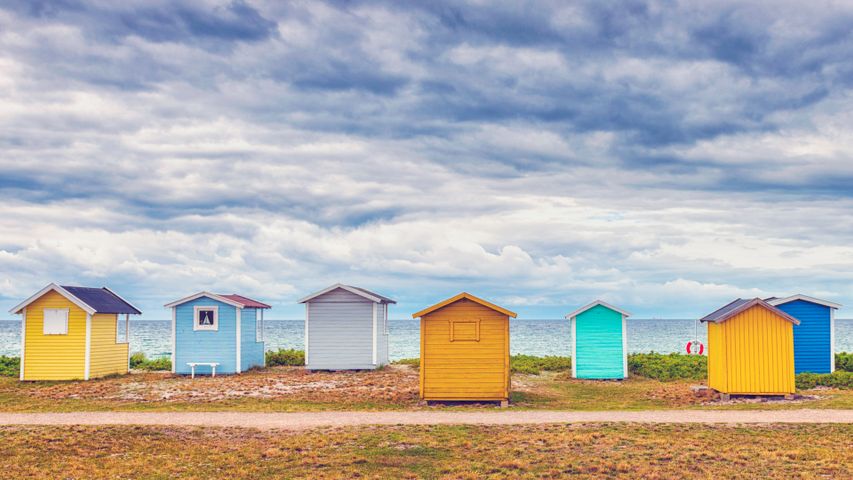 Bathing huts on the beach in Skåne County, Sweden
Bathing huts on the beach in Skåne County, Sweden
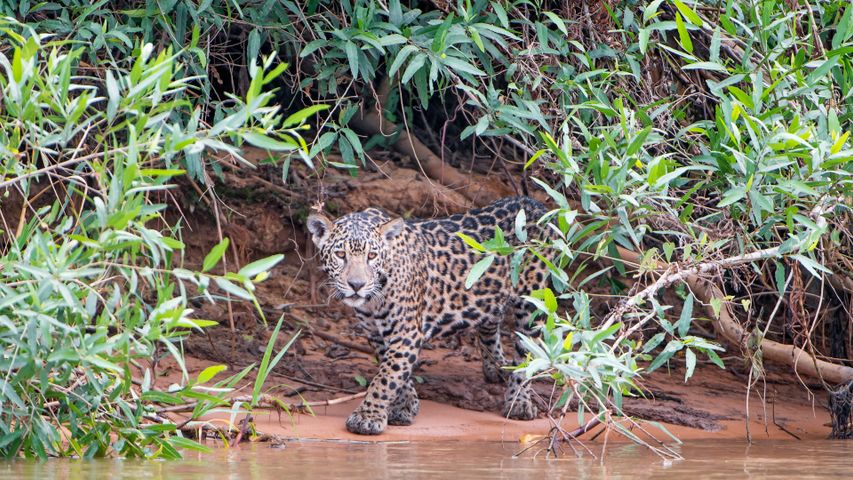 A young jaguar on a riverbank, Pantanal, Brazil
A young jaguar on a riverbank, Pantanal, Brazil
 Kalaloch Tree, aka the tree of life, Kalaloch Beach, Olympic National Park, Washington, USA
Kalaloch Tree, aka the tree of life, Kalaloch Beach, Olympic National Park, Washington, USA
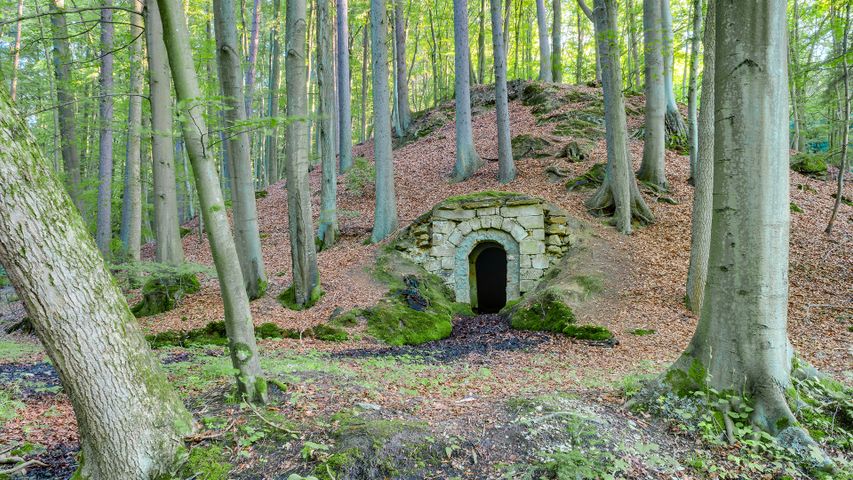 Bavarian Forest wine cellar, Germany
Bavarian Forest wine cellar, Germany
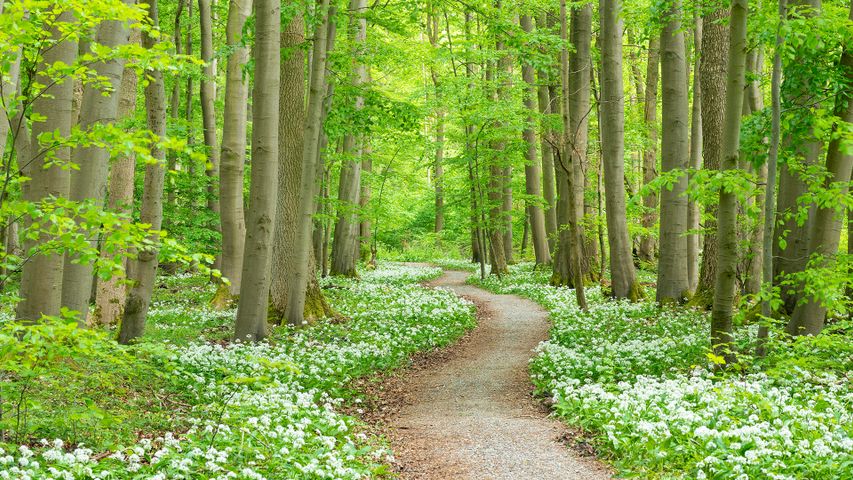 Blooming wild garlic, Hainich National Park, Germany
Blooming wild garlic, Hainich National Park, Germany
 Elephants near Mount Kilimanjaro, Amboseli National Park, Kenya
Elephants near Mount Kilimanjaro, Amboseli National Park, Kenya
 Rock art near Santa Fe, New Mexico, USA
Rock art near Santa Fe, New Mexico, USA
